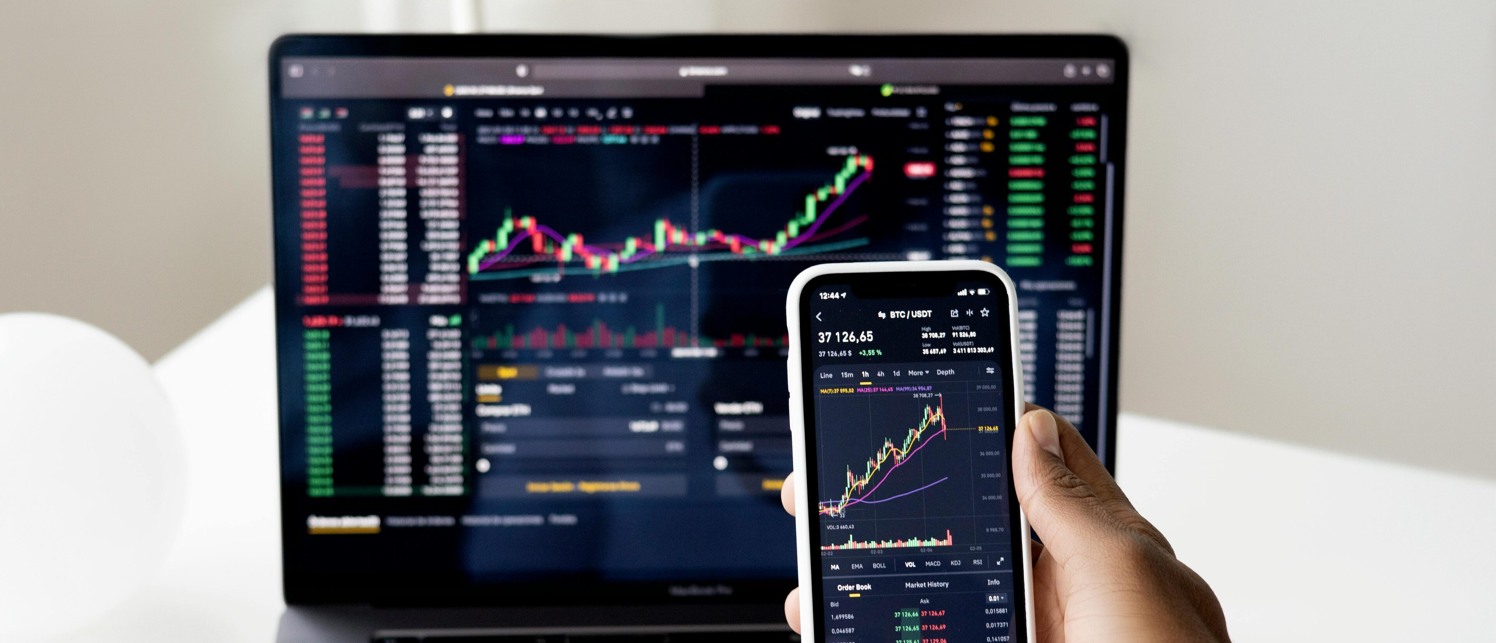Tavex uses cookies to ensure website functionality and improve your user experience. Collecting data from cookies helps us provide the best experience for you, keeps your account secure and allows us to personalise advert content. You can find out more in our cookie policy.
Please select what cookies you allow us to use
Cookies are small files of letters and digits downloaded and saved on your computer or another device (for instance, a mobile phone, a tablet) and saved in your browser while you visit a website. They can be used to track the pages you visit on the website, save the information you enter or remember your preferences such as language settings as long as you’re browsing the website.
| Cookie name | Cookie description | Cookie duration |
|---|---|---|
| tavex_cookie_consent | Stores cookie consent options selected | 60 weeks |
| tavex_customer | Tavex customer ID | 30 days |
| wp-wpml_current_language | Stores selected language | 1 day |
| AWSALB | AWS ALB sticky session cookie | 6 days |
| AWSALBCORS | AWS ALB sticky session cookie | 6 days |
| NO_CACHE | Used to disable page caching | 1 day |
| PHPSESSID | Identifier for PHP session | Session |
| latest_news | Helps to keep notifications relevant by storing the latest news shown | 29 days |
| latest_news_flash | Helps to keep notifications relevant by storing the latest news shown | 29 days |
| tavex_recently_viewed_products | List of recently viewed products | 1 day |
| tavex_compare_amount | Number of items in product comparison view | 1 day |
| Cookie name | Cookie description | Cookie duration |
|---|---|---|
| chart-widget-tab-*-*-* | Remembers last chart options (i.e currency, time period, etc) | 29 days |
| archive_layout | Stores selected product layout on category pages | 1 day |
| Cookie name | Cookie description | Cookie duration |
|---|---|---|
| cartstack.com-* | Used for tracking abandoned shopping carts | 1 year |
| _omappvp | Used by OptinMonster for determining new vs. returning visitors. Expires in 11 years | 11 years |
| _omappvs | Used by OptinMonster for determining when a new visitor becomes a returning visitor | Session |
| om* | Used by OptinMonster to track interactions with campaigns | Persistent |
| Cookie name | Cookie description | Cookie duration |
|---|---|---|
| _ga | Used to distinguish users | 2 years |
| _gid | Used to distinguish users | 24 hours |
| _ga_* | Used to persist session state | 2 years |
| _gac_* | Contains campaign related information | 90 days |
| _gat_gtag_* | Used to throttle request rate | 1 minute |
| _fbc | Facebook advertisement cookie | 2 years |
| _fbp | Facebook cookie for distinguishing unique users | 2 years |
The LBMA Price Fix: Explained

The London Bullion Market Association (LBMA) price fix is a critical benchmark in the global precious metals market, setting daily reference prices for gold, silver, platinum, and palladium.
These prices serve as a standard for traders, investors, and producers around the world, influencing everything from mining contracts to investment portfolios.
History of the LBMA Price Fix
The goal of the daily gold price fixing practice, which dates back to 1919, was to create a uniform settlement rate for the London bullion trading community. This approach swiftly established itself as a mainstay of the international gold market. This project swiftly spread throughout the world, impacting not just the volume of gold exchanged but also the cost of gold coins and Exchange Traded Funds (ETFs).
As the market evolved, so did the LBMA price fix, adapting to changes in technology, market demand, and regulatory oversight.
This evolution introduced electronic bidding and expanded the range of participants
This included central banks and institutional investors, thereby enhancing the process’s transparency and efficiency.
How the LBMA Price Fix Works
To calculate the LBMA Gold Price, a few big institutions, such as HSBC, JPMorgan Chase, and UBS, virtually meet each business day. This procedure strikes a balance between buy and sell orders from a worldwide clientele, impacting futures contracts as well as the stock market and providing a thorough understanding of the dynamics of supply and demand in the market.
| Precious Metal | Fixing Time(s) |
| Gold | 10:30am and 3:00pm |
| Silver | 12:00 noon |
| Platinum | 9:45am and 2:00pm |
| Palladium | 9:45am and 2:00pm |
Please note: all times quotes are based on London times.
It is important to note that the times change depending on Greenwich Mean Time, or British Summer Time. The fix timings do not change, therefore, for over half the year gold prices, for example, are actually fixed at 9:30am and 2:00pm GMT.
The LBMA states clearly that these times are on ‘London Time’, so the fixing stays the same when the UK clocks change in March and October.
Importance of the LBMA Price Fix

For the Gold Market
The LBMA price fix, which provides a clear and reliable reference point for transactions, is essential to stabilising the gold market
It has a direct impact on the purchase and sale of gold, silver, and platinum as well as the exchange of gold coins and central banks’ tactical manoeuvres.
For the Economy
Gold’s role as a safe-haven asset, especially in times of economic uncertainty, underscores the LBMA price fix’s significance. It provides a reliable valuation of precious metals, aiding in the management of interest rates and acting as a hedge against inflation.
Controversies and Criticisms
The LBMA price fix has faced scrutiny over the years, with critics pointing to the potential for manipulation given the closed nature of the fixing process in its early days.
Recent reforms have aimed to address these concerns by increasing transparency and regulatory oversight, yet skepticism remains among some market participants.
Comparisons with Other Price Fixing Methods

The LBMA price fix differs from the decentralised forex markets and the futures contracts and exchange trading governing commodity prices like oil.
Forex Markets
Unlike the relatively centralised LBMA price fix, forex markets operate through a decentralised global network, reflecting a wider range of influences on currency valuations.
Commodity Markets
Commodity prices, such as oil, are often determined by a mix of futures contracts and exchange trading, offering a different dynamic compared to the LBMA’s direct consensus approach.
These differences highlight the unique position of the LBMA price fix in influencing the global markets for precious metals.
The Future of LBMA Price Fix

The integration of blockchain and other fintech innovations promises to further enhance the transparency and efficiency of the LBMA price fixing process
Global financial regulators continue to scrutinise the LBMA price fix, with ongoing reforms aimed at ensuring the system remains fair and representative of the wider market.
How to Use LBMA Price Fix in Investment Strategies
For Individual Investors
For individual investors, understanding the LBMA price fix can inform decisions about investing in precious metals, gold ETFs, and other related financial instruments.
For Institutional Investors
Institutional investors utilise the LBMA price fix as a benchmark for executing large-scale trades and formulating hedging strategies, particularly in relation to the platinum group metals used in catalytic converters and other industrial applications.
Key Takeaways
- The LBMA price fix remains a cornerstone of the global precious metals market, offering a blend of tradition and innovation.
- As the financial world evolves, and the demand for gold rises this benchmark continues to adapt, ensuring its relevance for market participants of all sizes, and across different countries such as the United States and South Africa.
- Understanding its workings, history, and implications can provide valuable insights for anyone looking to navigate the complexities of precious metals investing.
FAQs
1) What does LBMA approved mean for gold bars?
When it comes to investing in gold, it’s important to know the quality and authenticity of the gold bars you are purchasing. LBMA approval is a crucial factor to consider in this regard. To learn more about this, read here.
2) What is Londons role in precious metal trading?
London has long been a hub for precious metals trading, and its role in the global bullion market is of great significance. Explore more about London and its role in the precious metals market here.
3) How did Brexit impact the London Bullion Market?
The United Kingdom’s (UK) exit from the European Union (EU), also known as Brexit, has had a significant impact on the London bullion market. The UK’s departure from the EU has raised a number of concerns about the future of the bullion market in London, as well as the broader impact on the global economy. Read more about this here.

















